Are you tired of constantly worrying if you have forgotten something important while packing for a trip? Packing can be a daunting task, but it doesn’t have to be. With the help of this ultimate packing list, you can be sure that you have everything you need for every type of trip. Whether you are a frequent traveler or a first-time adventurer, these expert tips and advice will help you pack smarter, not harder.
Keep on reading to download our FREE ultimate packing list at the end of this article.
Choose the Right Backpack or Suitcase
Backpack or suitcase? Choosing the right backpack or suitcase is essential to make sure that you are comfortable throughout your journey.
Remember:
- Your chosen travel luggage is going to be your “home” for your entire trip.
- You will have to carry this with you wherever you go.
Make sure you consider factors such as the type of trip, the length of the journey, and your personal preferences when selecting a backpack or suitcase. Also, look for bags that have multiple compartments to keep your belongings organized.
For a more comprehensive take on this, read Backpack vs. Suitcase: The Pros and Cons for Traveling.
Don’t Forget Your Travel Documents
Here are some important travel documents to keep in mind in your packing list:
- Passport: This is the most important travel document you’ll need when traveling internationally. Make sure it’s valid for at least six months beyond your planned return date, and check entry requirements for your destination.
- Visa: Depending on your destination, you may need a visa to enter. Make sure you apply for it in advance and check if you need a single-entry or multiple-entry visa.
- Travel Insurance: While not technically a document, travel insurance is essential for any trip. It can protect you from unexpected medical expenses, lost or stolen luggage, trip cancellations, and more.
- Itinerary: Your itinerary should include your flight and hotel reservations, as well as any activities you have planned. Having a printed copy or a digital version on your phone can come in handy if you need to show it at immigration or customs.
- Driver’s License or ID: If you’re renting a car or need to show ID, make sure to bring a driver’s license or other government-issued ID.
- Health Documents: Depending on your destination, you may need to bring health documents such as vaccination certificates or a doctor’s note.
- Credit Cards and Cash: Make sure you have enough cash and credit cards to cover your expenses while traveling. It’s a good idea to carry some local currency in case you need to pay for something in cash.
Remember to keep all of your important documents in a secure and easily accessible location, such as a travel document organizer or a hidden pouch in your backpack or purse.
Also, consider keeping digital copies of your travel documents in a separate location in case of emergencies.
Create a Capsule Wardrobe
Creating a capsule wardrobe is one of the most effective ways to pack light and still have plenty of outfit options during your travels. A capsule wardrobe is a collection of essential clothing pieces that can be easily mixed and matched to create a variety of outfits.
When creating a capsule wardrobe, it’s important to choose versatile pieces that are appropriate for the destination and the activities you’ll be doing. For example, if you’re traveling to a warm climate, you may want to include lightweight dresses, shorts, and sandals, while if you’re traveling to a colder climate, you may want to include sweaters, jeans, and boots.
Here is a list of clothing items that can be included in your packing list:
- Neutral-colored tops (e.g. white, black, gray)
- Versatile bottoms (e.g. jeans, leggings, shorts)
- Comfortable shoes (e.g. sneakers, sandals, loafers)
- A lightweight jacket or cardigan for layering
- Scarf or shawl for warmth and versatility
- A dress or skirt that can be dressed up or down
- Swimwear, if needed
- Undergarments and socks
- Pajamas or sleepwear
- Accessories such as hats, sunglasses, and jewelry to add variety to outfits
Tips for creating a capsule wardrobe for your travels:
- Stick to neutral colors: Choose basic colors like black, white, gray, and navy that can easily be mixed and matched. This will make it easier to create a variety of outfits with fewer clothing items.
- Include a mix of clothing items: Include a variety of clothing items like tops, bottoms, dresses, and outerwear that can be layered and worn together.
- Choose wrinkle-resistant fabrics: Choose fabrics that are easy to pack and won’t wrinkle easily, such as cotton, jersey, and wool.
- Choose items that are comfortable, lightweight, and easy to pack: By creating a capsule wardrobe, you can save space in your luggage and make packing and getting dressed during your travels much easier.
- Don’t forget about accessories: Accessories can make a big difference in the overall look of your outfit. Include a few versatile accessories in your packing list like scarves, jewelry, and hats that can be worn with multiple outfits.
Pack Appropriately for the Season or Weather
Before packing, check the weather forecast of your destination. Include clothes in your packing list that are appropriate for the season or weather. Consider bringing layers to accommodate changing weather conditions.
Here are some things to include in your packing list based on weather or season:
- Summer: Lightweight clothes, swimsuits, sunscreen, hat, sunglasses.
- Winter: Warm layers, coat, hat, gloves, waterproof boots.
- Spring/Fall: Variable temperature clothes, umbrella, comfortable shoes.
- Tropical/Humid: Light and breathable clothes, sunscreen, insect repellent, hat.
Consider Your Destination and Activities
Pack according to your destinations and the activities that you plan to do during your trip. For instance, if you plan to visit temples, make sure that you pack clothing that covers your shoulders and knees. If you plan to hike, pack hiking boots and appropriate clothing.
Here are some general items to including in your packing list based on different types of destinations and activities:
- Beach vacation: Swimwear, sunscreen, hat, towel.
- City exploration: Comfortable shoes, lightweight clothing, camera.
- Outdoor adventure: Hiking boots, moisture-wicking clothes, backpack.
- Cultural immersion: Modest clothing, comfortable shoes, language guide.
- Winter trip: Warm layers, winter gear, insulated boots. Research and pack accordingly for a great trip.
Pack for Travel Days
Here’s a packing list that can help you survive long travel days:
- Entertainment such as books, e-readers, music, or movies
- Portable charger and electronics
- Water bottle and snacks
- Travel pillow for comfortable sleep
- Earplugs to block out noise and help with sleep
- Eye mask to block out light and help with sleep
These items can help make long travel journeys more comfortable and enjoyable.
Pack Essential Toiletries
A travel packing list won’t be complete without toiletries. Pack your essential toiletries and opt for travel-sized items whenever possible to save space and avoid any issues with TSA regulations.
You may want to consider using solid toiletries, such as shampoo bars, soap bars, and solid deodorants, as they are lightweight, long-lasting, and more eco-friendly. You can also try packing your toiletries in a separate, clear toiletry bag to keep them organized and easily accessible during your travels.
Here is a packing list of essential toiletries:
- Toothbrush and toothpaste
- Deodorant
- Shampoo and conditioner
- Body wash or soap
- Razor and shaving cream
- Moisturizer or lotion
- Sunscreen
- Lip balm
- Feminine hygiene products (if applicable)
- Contact lenses and solution (if applicable)
Have a Pharmacy To-Go
Having a pharmacy to-go in your packing list is a smart travel tip that can make your trip much smoother. It involves packing a small bag or pouch with essential medications and first aid items that you might need on your journey. In case of emergencies, you will be thankful for this kit.
Here’s a list of essential items you may want to include in your pharmacy to-go:
- Prescribed medications (if any)
- Over-the-counter pain relief medication (e.g., ibuprofen or acetaminophen)
- Anti-diarrhea medication (e.g., loperamide)
- Motion sickness medication (e.g., meclizine)
- Antihistamine medication (e.g., diphenhydramine)
- Adhesive bandages (e.g., Band-Aids)
- Antiseptic wipes or spray (e.g., hydrogen peroxide or alcohol wipes)
- Hand sanitizer or hand wipes
- Sunscreen with a high SPF (30 or higher)
- Insect repellent with DEET
- Prescription eyeglasses/contact lenses with a spare pair
- Allergy medicine (e.g., Benadryl or Claritin)
- Antacid or acid reducer (e.g., Tums or Pepcid)
- Tweezers
- Thermometer
It’s important to note that this packing list may vary depending on your specific health needs, travel destination, and duration of your trip. It’s always a good idea to consult with your doctor or a travel health specialist before packing your pharmacy to-go.
Pack the Electronics You Need
Here are some essential electronics to include in your travel packing list:
- Mobile phone and charger
- Camera and charger
- Portable charger/power bank
- Universal adapter
- Laptop or tablet (if necessary) and charger
- Headphones or earbuds
- E-book reader or tablet with reading app
- Portable speaker (if necessary)
- USB cables and memory cards
- Travel router (if necessary)
Remember to consider the purpose of your trip and the duration of your stay when deciding which electronics to bring. Also, always double-check that your electronics are compatible with the power outlets and voltage in the country you’re visiting to avoid damaging them.
Don’t Overpack
One of the biggest mistakes travelers make is overpacking. It can lead to unnecessary stress and inconvenience during your trip, such as lugging around heavy bags or having to pay extra fees for exceeding the weight limit.
To avoid overpacking, stick to a packing list as recommended in this article, and then go through it again to eliminate any non-essential items. Pack only what you need and leave behind items that you can easily buy at your destination if necessary.
Remember that it’s always better to underpack than overpack. If you realize you’ve forgotten something essential, chances are you can easily buy it at your destination. Plus, packing light gives you more freedom and flexibility to explore your destination without the burden of carrying around heavy luggage.
Save Space with Packing Cubes
Packing cubes can be a game-changer when it comes to saving space and staying organized. Packing cubes can help you fit more items into your luggage while keeping them organized. Check out our travel packing cubes made out of recycled plastic here on our Shop page or on Amazon.
Pack Like a Pro: The Ultimate Packing List for Any Destination in 2023
With the help of this ultimate packing list, you can ensure that you have everything you need for every type of trip. Plus, with these expert tips and advice, packing will no longer be a daunting task.
To help you pack efficiently, we’ve created the ultimate packing list for you to download for free. It includes all the items mentioned in this article and more, so you can stay organized and stress-free on your next trip. Happy travels!

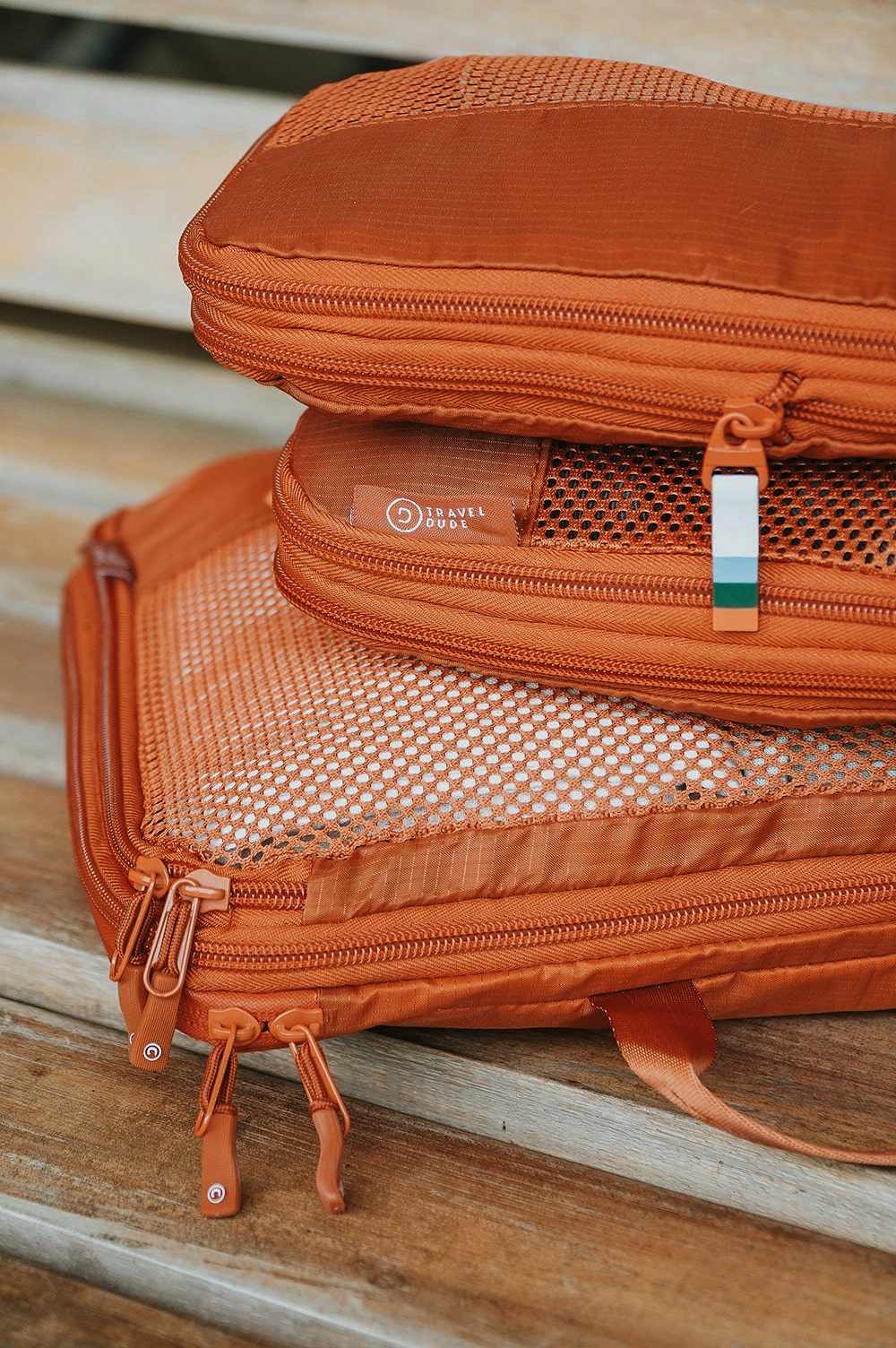
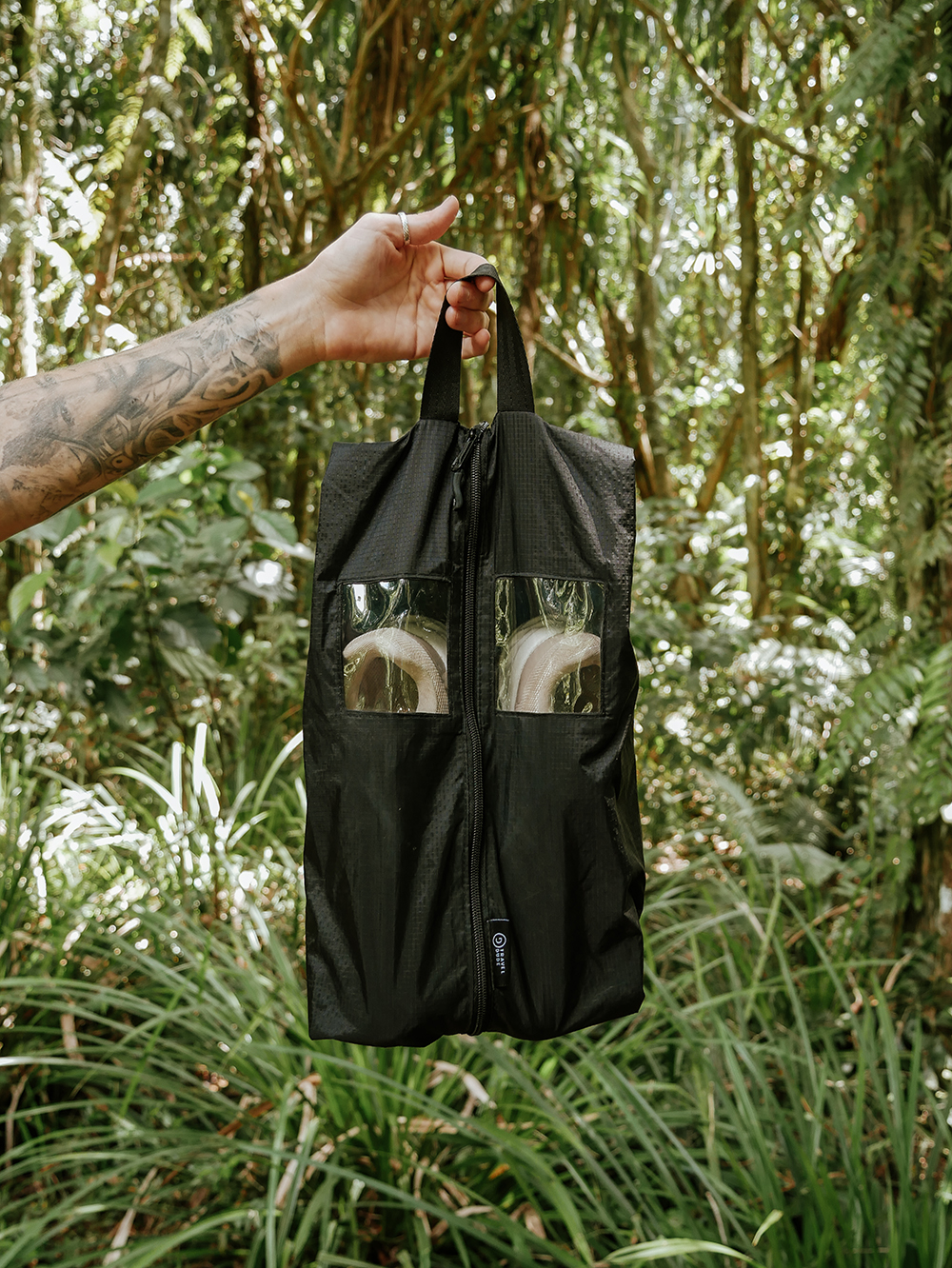
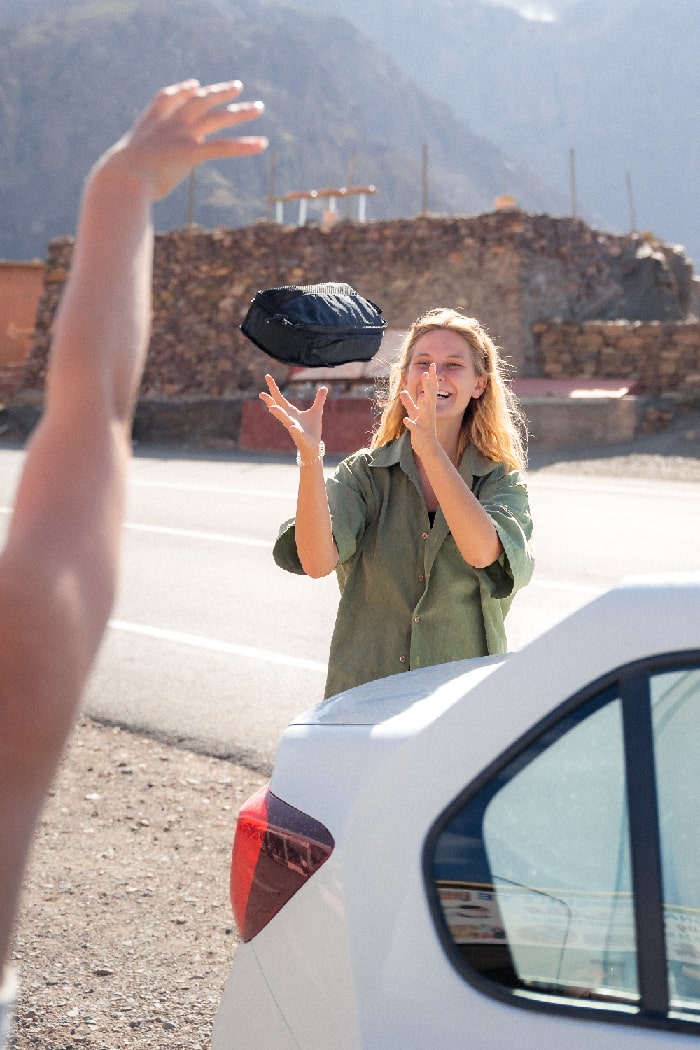
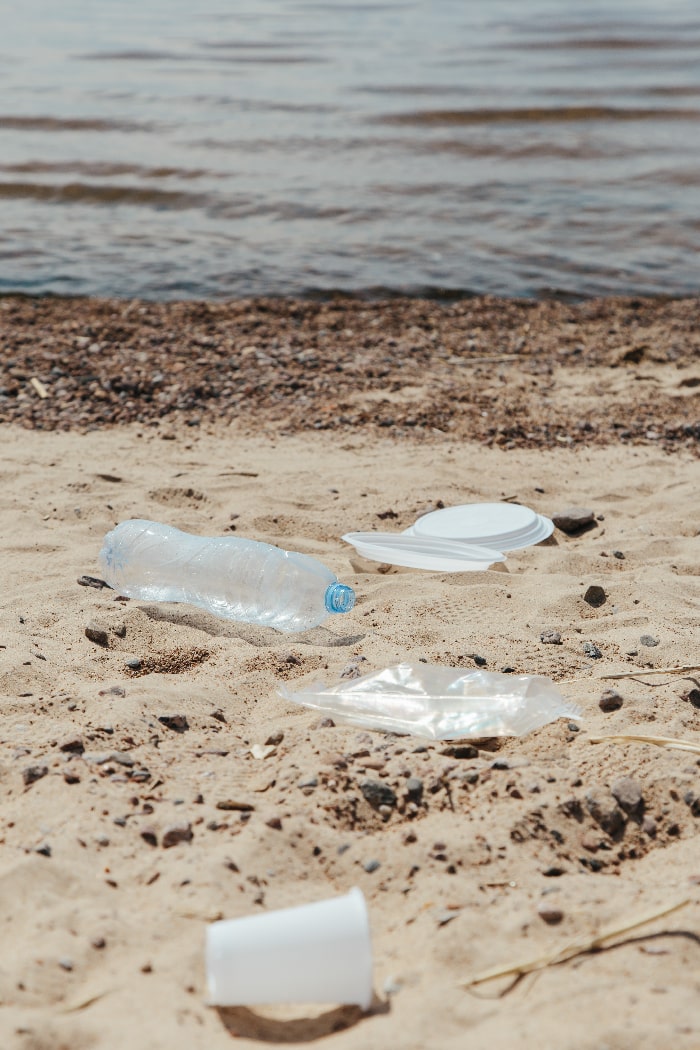
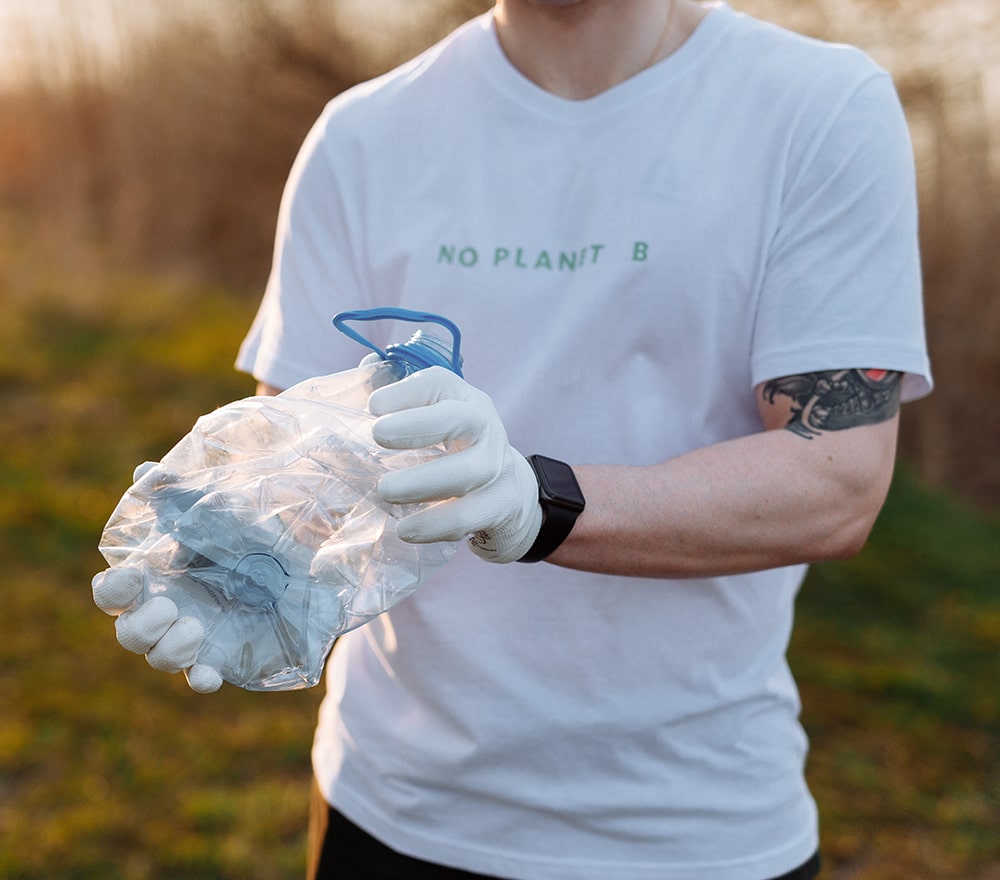
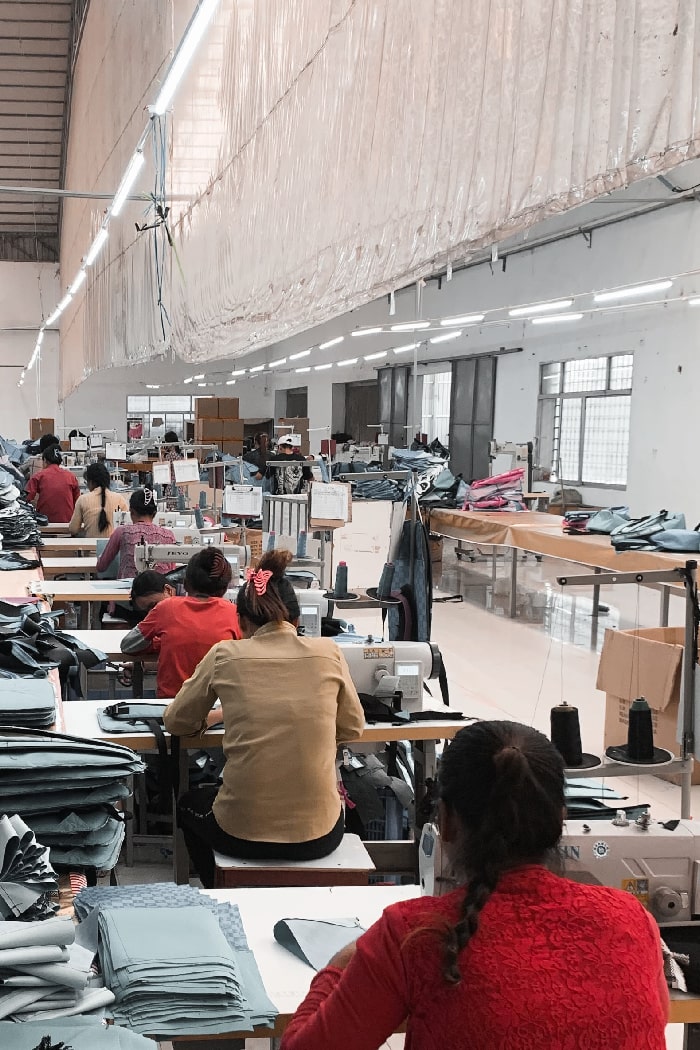
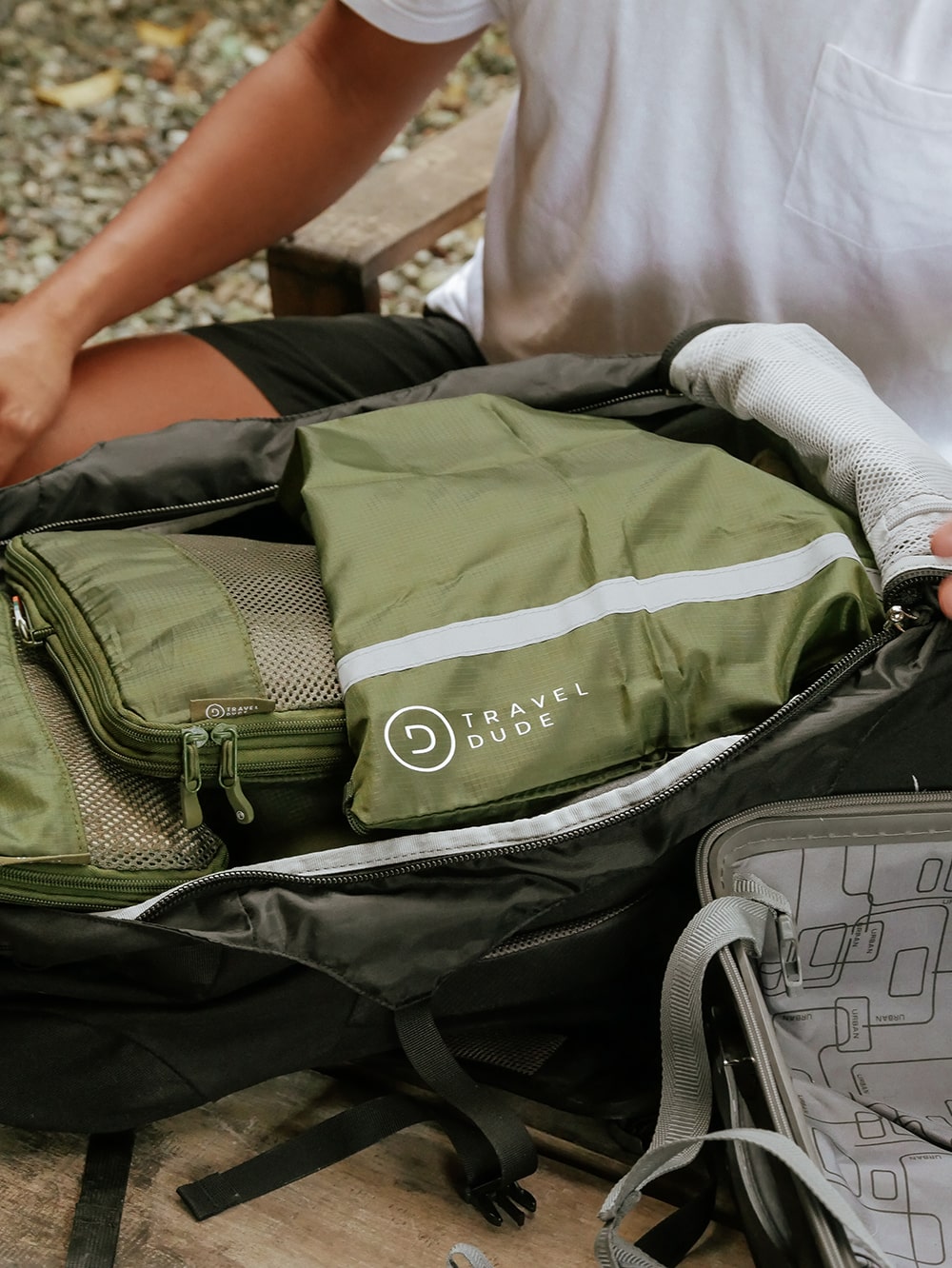



Let us help you travel even better
Download our
Ultimate Travel Packing List
Thank you!
Your packing list is on the way to your inbox.
By signing up, you‘re subscribing to our newsletter.